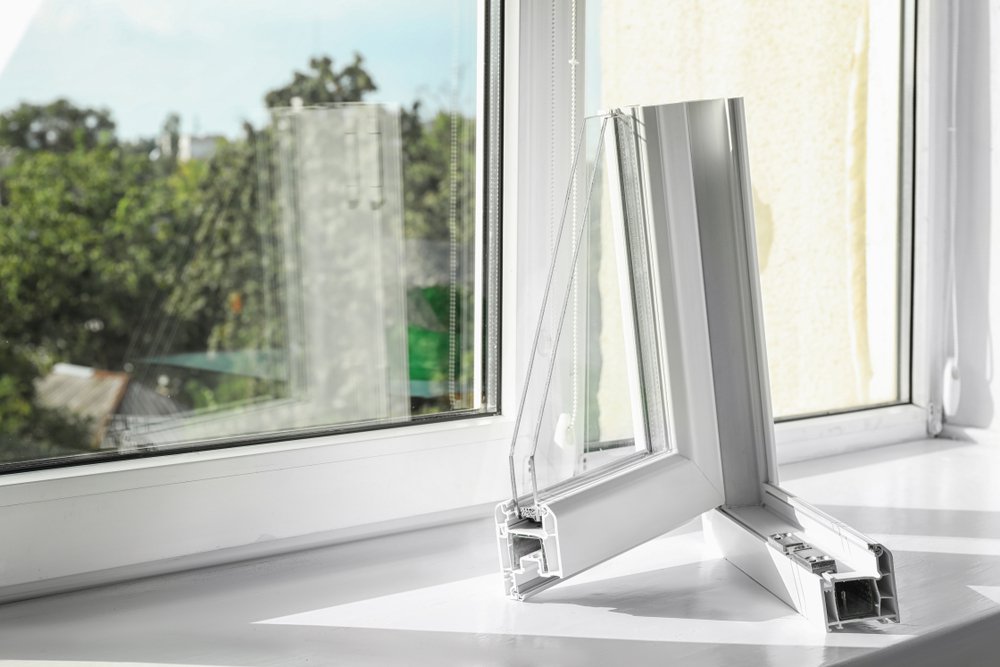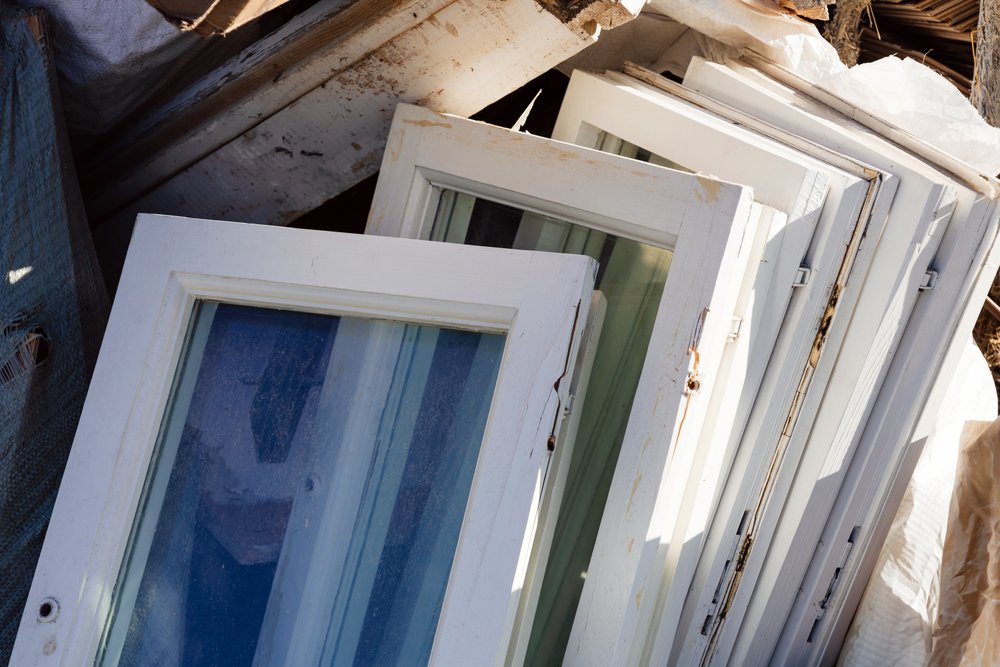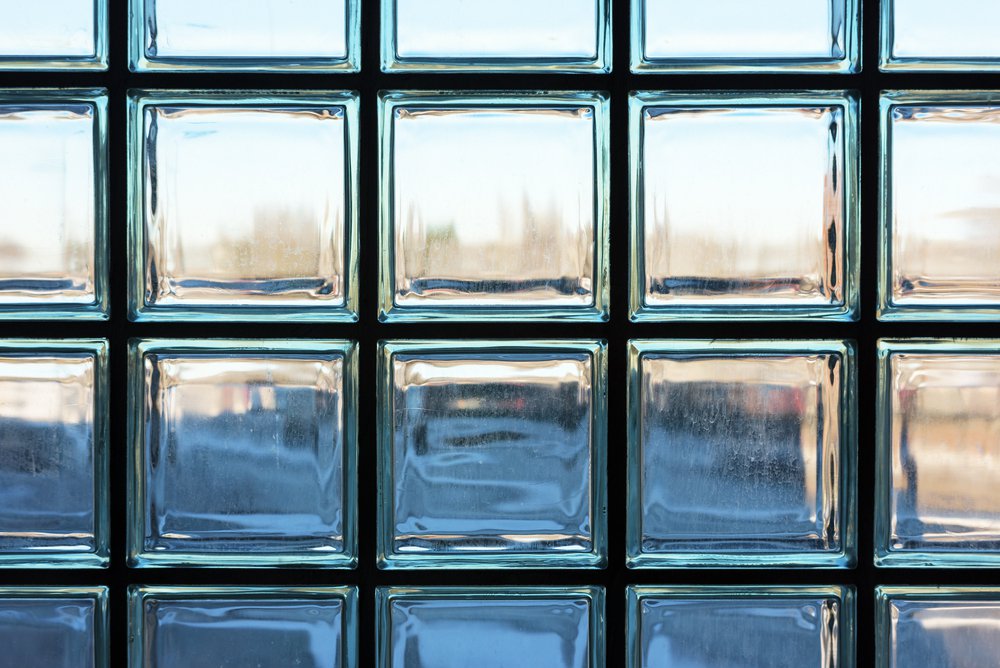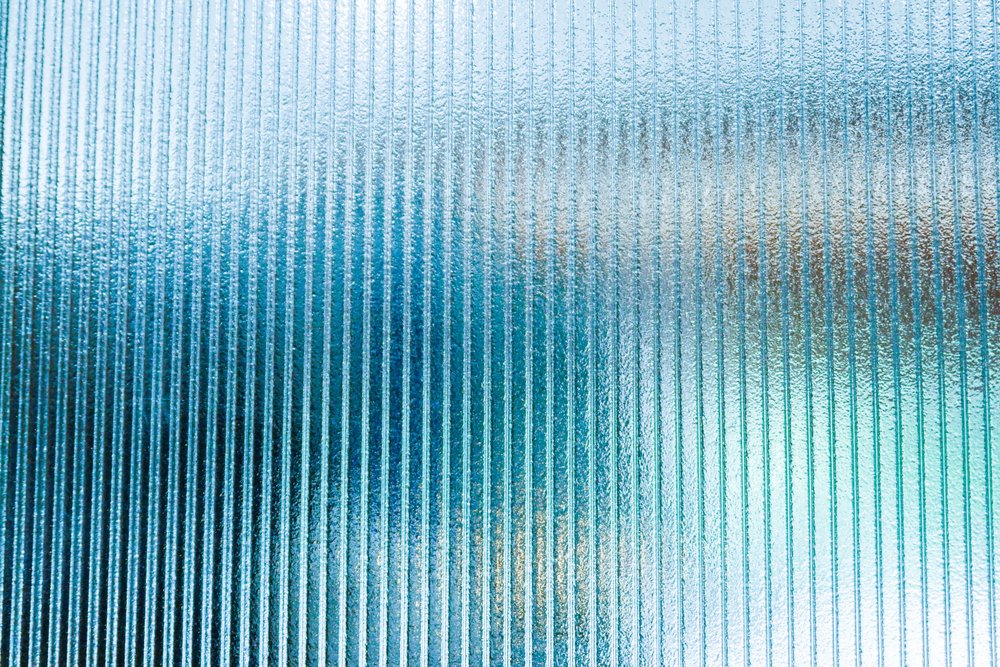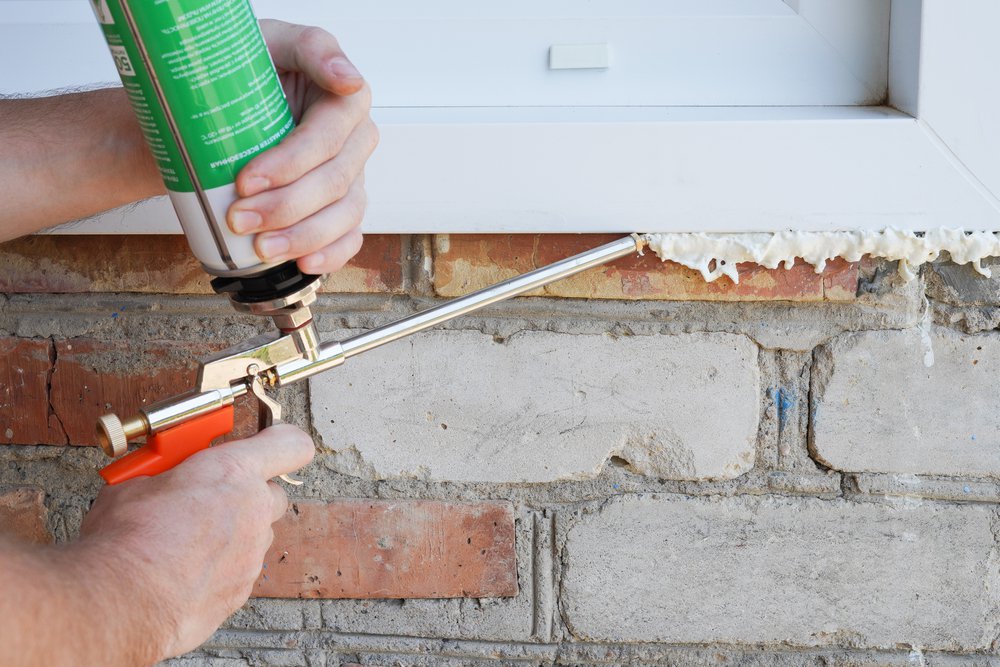How do spacer bars contribute to the efficiency of modern windows? Spacer bars play a crucial role in enhancing window insulation and reducing energy costs. By separating the panes of glass in insulated glazing units (IGUs), they prevent heat transfer, thereby improving overall window efficiency. This article explores the science behind spacer bars, their impact on energy savings, and the latest technological advancements driving their performance.

The Role of Spacer Bars in Modern Windows
Spacer bars are integral components in modern windows, specifically in insulated glazing units. These bars separate the panes of glass, creating a sealed air space that significantly reduces heat transfer. By maintaining a consistent gap between the glass layers, spacer bars enhance the thermal performance of windows, making them more energy-efficient.
The primary function of spacer bars is to prevent the conduction of heat through the window edges. This is achieved by using materials with low thermal conductivity, such as stainless steel or thermoplastics. These materials act as barriers, minimizing the amount of heat that escapes during winter or enters during summer, thus maintaining a stable indoor temperature.
Enhancing Insulation: The Science Behind Spacer Bars
Spacer bars significantly enhance the insulation properties of windows by addressing thermal conductivity. Thermal conductivity measures how well a material conducts heat. Spacer bars made from materials with low thermal conductivity, such as stainless steel, thermoplastics, or composite materials, effectively reduce heat transfer between the interior and exterior environments. This reduction in heat transfer is crucial for maintaining a consistent indoor temperature, regardless of external weather conditions.
The choice of materials for spacer bars is critical. Stainless steel, for instance, offers durability and low thermal conductivity, making it a popular choice. Thermoplastics and composite materials, on the other hand, provide even lower thermal conductivity and greater flexibility, which can further improve the insulating performance of windows. These materials are designed to perform well in various climates, from the frigid temperatures of northern regions to the sweltering heat of southern areas.
Data supports the effectiveness of energy-efficient windows equipped with advanced spacer bars. According to studies, homes with high-performance windows can save on annual energy costs. This translates to significant savings on heating and cooling expenses, making these windows a cost-effective investment for homeowners. Additionally, improved insulation reduces the strain on HVAC systems, potentially extending their lifespan and reducing maintenance costs.

Energy Savings: Quantifying the Impact
The impact of advanced spacer bars on energy savings is both measurable and significant. High-performance spacer bars can reduce heating and cooling expenses. This reduction is achieved by minimizing heat transfer through the window edges, which is often a major source of energy loss in homes. By improving the thermal efficiency of windows, spacer bars help maintain a stable indoor temperature, reducing the need for constant heating or cooling.
Case studies further illustrate these benefits. For instance, a study conducted on homes in Alberta showed that upgrading to windows with advanced spacer bars resulted in an average annual energy savings of $200 per household. This figure highlights the direct financial benefits of investing in high-performance windows. Additionally, homes in British Columbia experienced similar savings, with some reporting a significant reduction in energy bills during peak winter months.
The correlation between spacer bars and energy savings extends beyond individual homes. Commercial buildings and large residential complexes also benefit from these advancements. For example, a commercial building retrofit project in Vancouver incorporated windows with advanced spacer bars and reported a decrease in overall energy consumption. This reduction translated to substantial cost savings and a lower carbon footprint, demonstrating the broader environmental impact of this technology.
Technological Advancements in Spacer Bar Design
Recent innovations in spacer bar technology have significantly enhanced their durability and performance. One of the most notable advancements is the development of warm-edge spacer bars. These bars use materials like thermoplastics and stainless steel, which have lower thermal conductivity compared to traditional aluminum spacers. This innovation reduces heat transfer at the window edges, improving overall energy efficiency.
Manufacturing techniques have also evolved. Laser welding and automated assembly processes ensure precise construction and consistent quality. These methods enhance the structural integrity of spacer bars, making them more resistant to wear and tear. Additionally, the use of desiccants within the spacer bars helps to absorb moisture, preventing condensation and prolonging the lifespan of insulated glazing units.
Leading-edge products in the market exemplify these advancements. These products utilize advanced materials and innovative designs to deliver exceptional thermal insulation and structural integrity. By incorporating these state-of-the-art spacer bars, window manufacturers can offer products that meet the highest standards of energy efficiency and durability.
Future Trends in Spacer Bar Technology
Looking ahead, the future of spacer bar technology promises even greater advancements in home comfort and energy efficiency. Emerging trends include the development of smart spacer bars that can adapt to changing environmental conditions, further optimizing thermal performance. Innovations in materials science may lead to the creation of ultra-low thermal conductivity materials, enhancing insulation properties.
Additionally, advancements in manufacturing techniques will likely produce more durable and cost-effective spacer bars. These innovations will not only improve energy savings but also contribute to sustainability efforts by reducing greenhouse gas emissions. As technology evolves, spacer bars will continue to play a pivotal role in revolutionizing window efficiency and home comfort.
Ready to learn how spacer bars can make your home more energy-efficient and cost-effective? Visit Insul-Lite Manufacturing now for in-depth information and the latest advancements in window technology.

